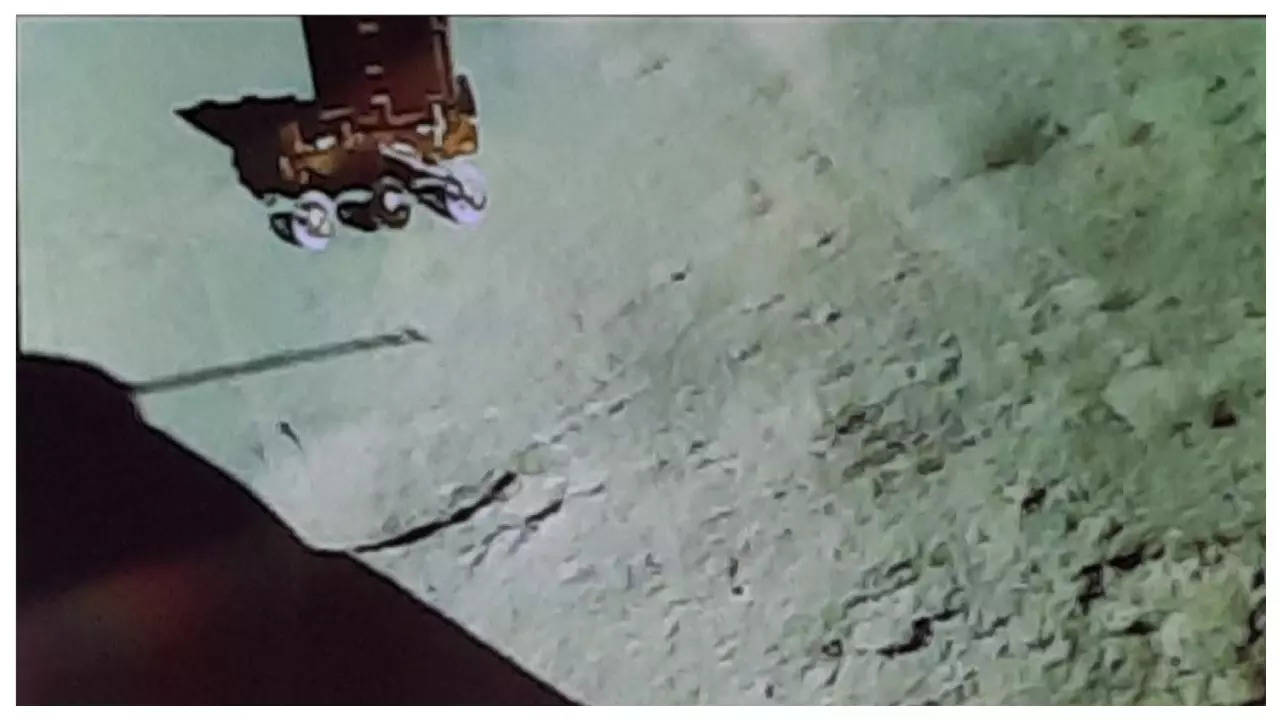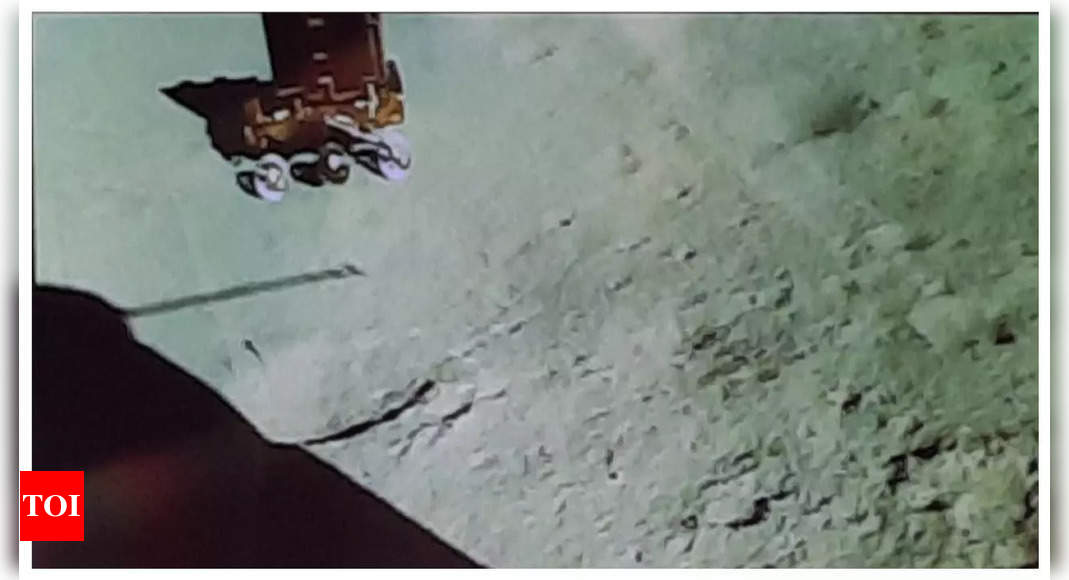
“The measurements have been carried out by the Radio Anatomy of Moon Bound Hypersensitive ionosphere and Atmosphere-Langmuir Probe (RAMBHA-LP) payload onboard the lander … These quantitative measurements potentially assist in mitigating the noise that lunar plasma introduces into radio wave communication.Also, they could contribute to the enhanced designs for upcoming lunar visitors,”Isro said.
Watch: How ISRO’s Chandrayaan-3 Rover and Lander help each other find Sulphur on the Moon
It added that the initial assessment indicates that the plasma encompassing the lunar surface is relatively sparse, characterised by a number density ranging from approximately 5-30 million electrons per cubic metre.
“This evaluation specifically pertains to the early stages of the lunar daytime. The probe operates without interruption, aiming to explore the changes occurring in the near-surface plasma environment throughout the lunar day. These ongoing observations hold significant implications for comprehending the process of charging within the lunar near-surface region, particularly in response to the fluctuations in solar space weather conditions,” Isro said.
The RAMBHA Langmuir (named after US chemist and physicist Irving Langmuir) probe is a device used for characterising a plasma. RAMBHA’s development was led by the Space Physics Laboratory (SPL) at Isro’s Vikram Sarabhai Space Centre (VSSC).
“It features a 5cm metallic spherical probe mounted on a 1-metre boom attached to the lander’s upper deck. The probe is deployed using a hold-release mechanism after the lander’s lunar touchdown. The extended boom length ensures that the spherical probe operates within the undisturbed lunar plasma environment, isolated from the lander’s body,” Isro said.
Pointing out that the system can detect minute return currents, as low as pico-amperes (measurement unit for electric current), with a dwell time of 1 millisecond.
“By applying a sweeping bias potential ranging from -12 to +12 V in increments of 0.1 V to the Langmuir probe, the system can accurately determine ion and electron densities as well as their energies based on the measured return current,” Isro added.
Source link

